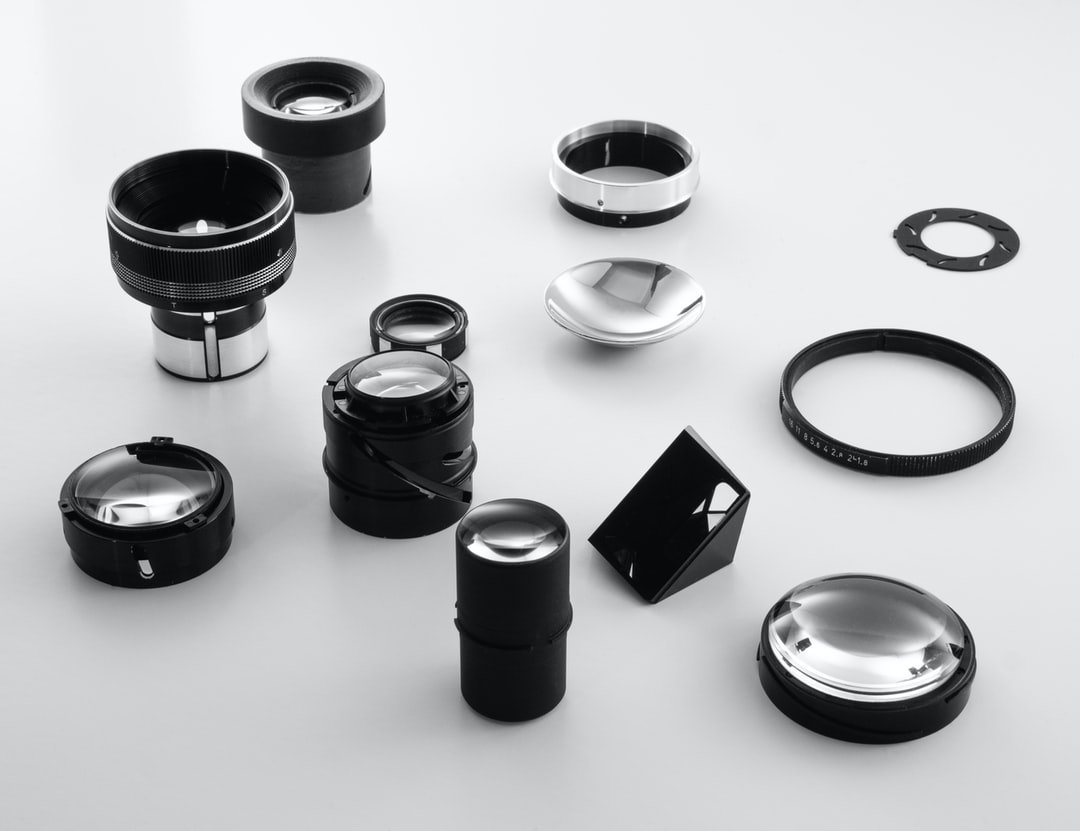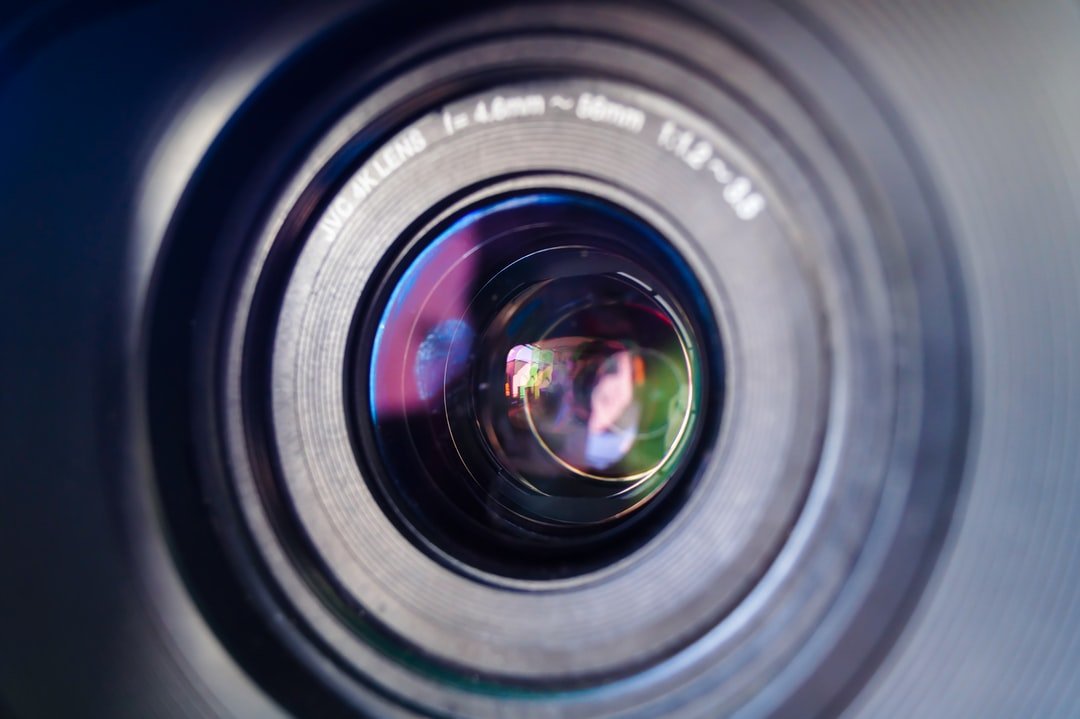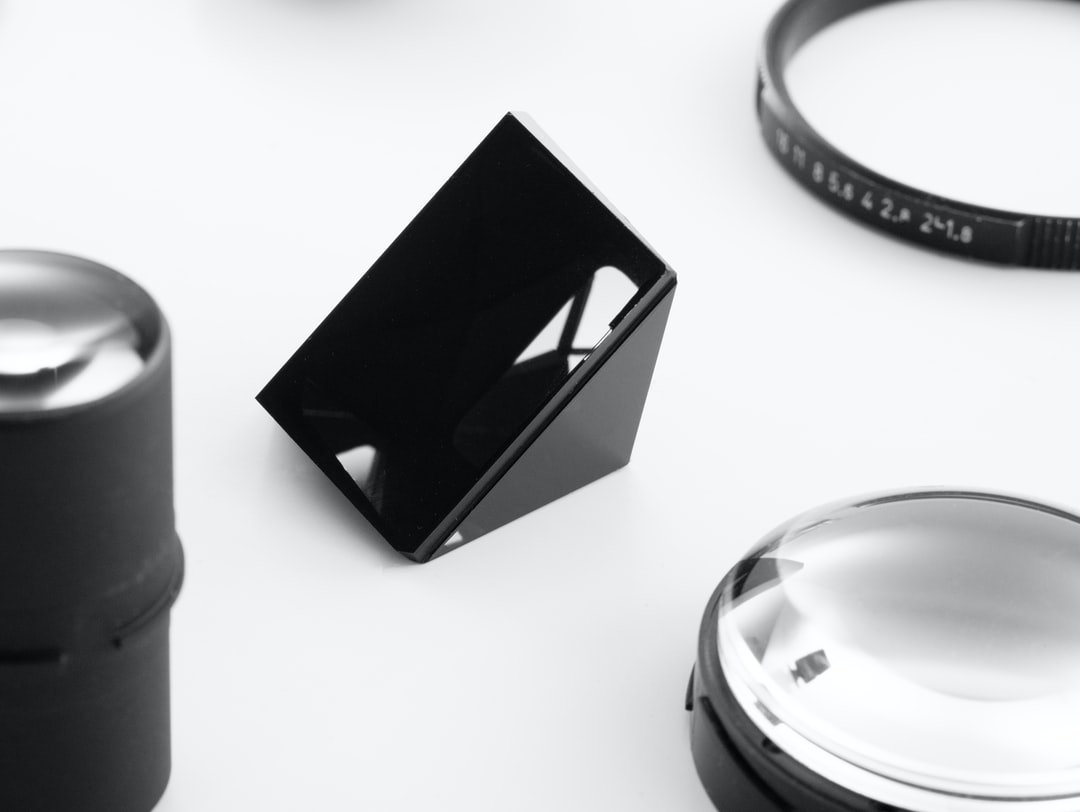
Optical Products consists of two sub-segments classified under it, namely, Optical Instruments & Tools and Optoelectronic Products. The Optical Products market includes contact lenses, glasses, sunglass frames, prisms, thermometers etc. It also includes various accessories such as hand held devices, lenses for microscope and laser instruments, testing apparatus and diagnostic tools. It is a thriving market that offers a wide variety of products at attractive prices.
The optical products include glasses, prisms, binoculars, spectacles, lenses, reading glasses, sunglasses and contact lenses. Glasses and prisms are the most commonly used optical products. Some other common optical glass components include binoculars, lenses, cased glasses, non-cased glasses, and photographic glasses.
Contact lenses are the most common optical products used by the individuals all around the world. There are various manufacturers who manufacture contact lenses and offer them online through their websites. These days there are many online stores from where one can purchase contact lenses, frames and prisms from. These online stores also offer prescription eyewear such as reading eyeglasses, safety glasses, gym eyewear and sports eyewear. The prescription eyewear can be purchased on the basis of gender, age, skin color, and eye color.
Another important segment in the optical products market is that of health care devices. The eyewear devices are useful in providing vision improvement to the wearer. Some of the health care optical products include intraocular lenses, laser devices, medical lasers, magnifiers and visual aid devices. Some of the devices can even be worn while sleeping. The eyeglasses, sunglasses and contact lenses can be replaced easily, thus ensuring the wearer comfort. Get to see more here about optical products.
Lenses are also one of the most important segments in the optical products market. It has come up with various generations in order to provide solutions to the customers in increasing levels. The lens technology has also evolved a lot and now includes image stabilization, image correction, high resolution and high quality lens along with numerous other advanced technologies. The image stabilization glasses provide clearer pictures and clearer image viewing, which are very useful in improving the clarity of a person's eyesight.
This is one of the most important features, which a customer always searches for while shopping for this service. However, it is difficult to determine the exact size of the user group. This is because everyone is different in terms of appearance. In addition to that, the sizes of the user groups vary because of different types of frames. The best way to determine the size of the user group is to determine the average size of the frame on a regular person. Based on this figure, you can determine the approximate size of the frame, which will ensure that eyeglasses fit the users comfortably without being uncomfortable or too big. If you want to get more enlightened on this topic, then click on this related page:
https://en.wikipedia.org/wiki/Physical_optics.


